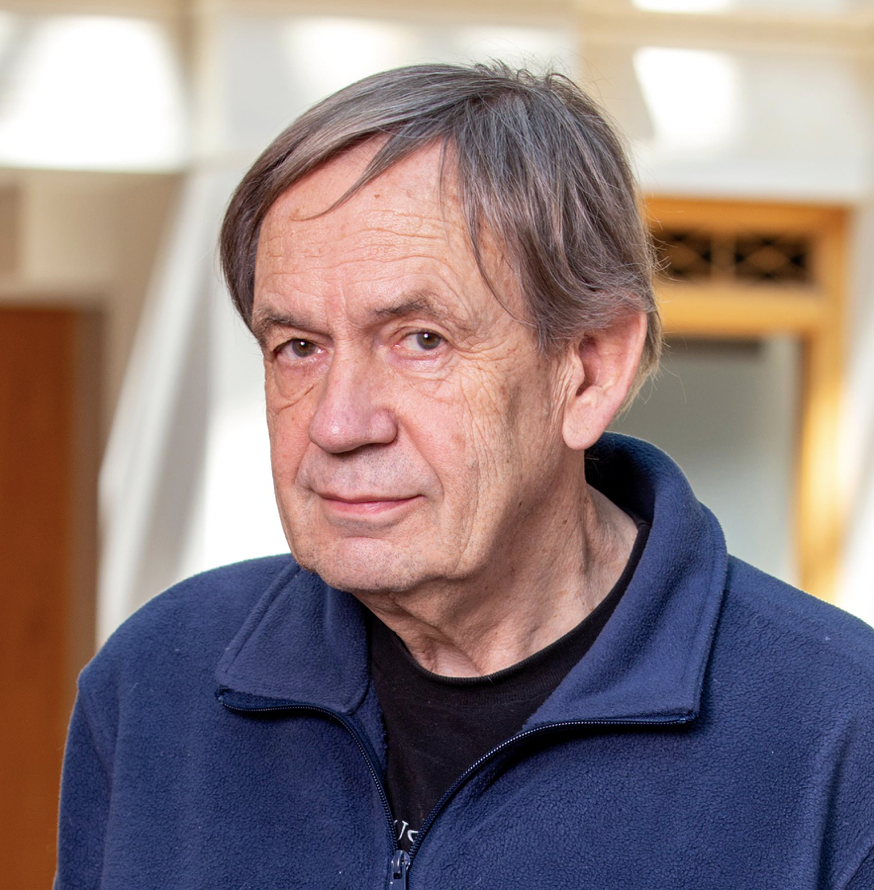Connell Lecture Series: Dr. Gerhard Wagner

written by Sungwon Hwang
Dr. Gerhard Wagner is a professor with the Department of Biological Chemistry and Molecular Pharmacology at the Blavatnik Institute at Harvard Medical School. He has been invited to give a talk on April 17th as a part of the George Connell Lecture Series. In advance of his lecture, I asked a few questions about his background as a researcher.
SH: To start off, I would like to ask about the onset of your scientific career. Do you remember what initially got you excited about science? And what keeps you motivated to devote your life to research?
GW: I was educated in a classical humanistic high school (humanistic Gymnasium in Germany). I learned Latin and Greek. However, I enjoyed math and physics and had a wonderful math/physics teacher who taught me how to reason. His key advice was “You should learn how to think [and] not mainly memorize.” I liked to solve math problems.
Then I was drafted to compulsory military service in Germany. To get home at weekends I usually hitchhiked. Sometimes, I had the most exciting conversations with my drivers about everything, including science. I sampled recommendations about colleges from some of my drivers and decided to study physics at the Technical University of Munich. I became interested in the interface between physics and biology. I worked on Mössbauer spectroscopy of hemoglobins, myoglobin and ferredoxins, which measured the quadrupole moment of iron in the proteins. Then my mentor, Adalbert Meyer, had a sabbatical with Robert Shulman at Bell Labs and told me that they do NMR [of] heme proteins and see numerous resonances, not just two of the quadrupole doublets of Mössbauer spectroscopy. Thus, I thought this must be more interesting and have many interesting problems to solve, and I decided to pursue a PhD with Kurt Wüthrich who just had arrived from the Shulman lab to start his first independent position at the ETH [Swiss Federal Institute of Technology] in Zürich. I was lucky to enter the field when little had been done with NMR of proteins.
SH: It seems that you have taken on many different positions over the years including a professorship, as an editor for top journals, and various consulting and advisory positions. What have you learned from filling these different positions?
GW: These activities exposed me to many interesting questions in molecular biology and opened my horizon to basic biological science and its relation to human health.
SH: Moving on to your research, how did
you end up being interested in structural biology? Also, what do you believe
makes using structural methods to study protein function so powerful?
GW: Proteins are fascinating and do many different tasks, they are related in many aspects of biology and are intimately related to disease. How do they do this? The first step in understanding these functions is to know their structure. The next and more interesting step is to find ways to inhibit certain proteins to cure disease.
SH: Will this be your first time at the
University of Toronto, or Toronto in general?
GW: I have been in Toronto multiple times, for conferences or seminar presentations.
SH: Lastly, do you have any advice or words of wisdom for graduate students that are still beginning their career into research?
GW: Look out for opportunities to jump on unsolved but solvable problems.
You can learn more about Dr. Wagner’s research by visiting his lab website. His lecture “Getting excited about NMR, structure, mechanisms, the unknown and curing cancer” will be on Wednesday, April 17th from 4-5 PM at MSB Room 2172.
